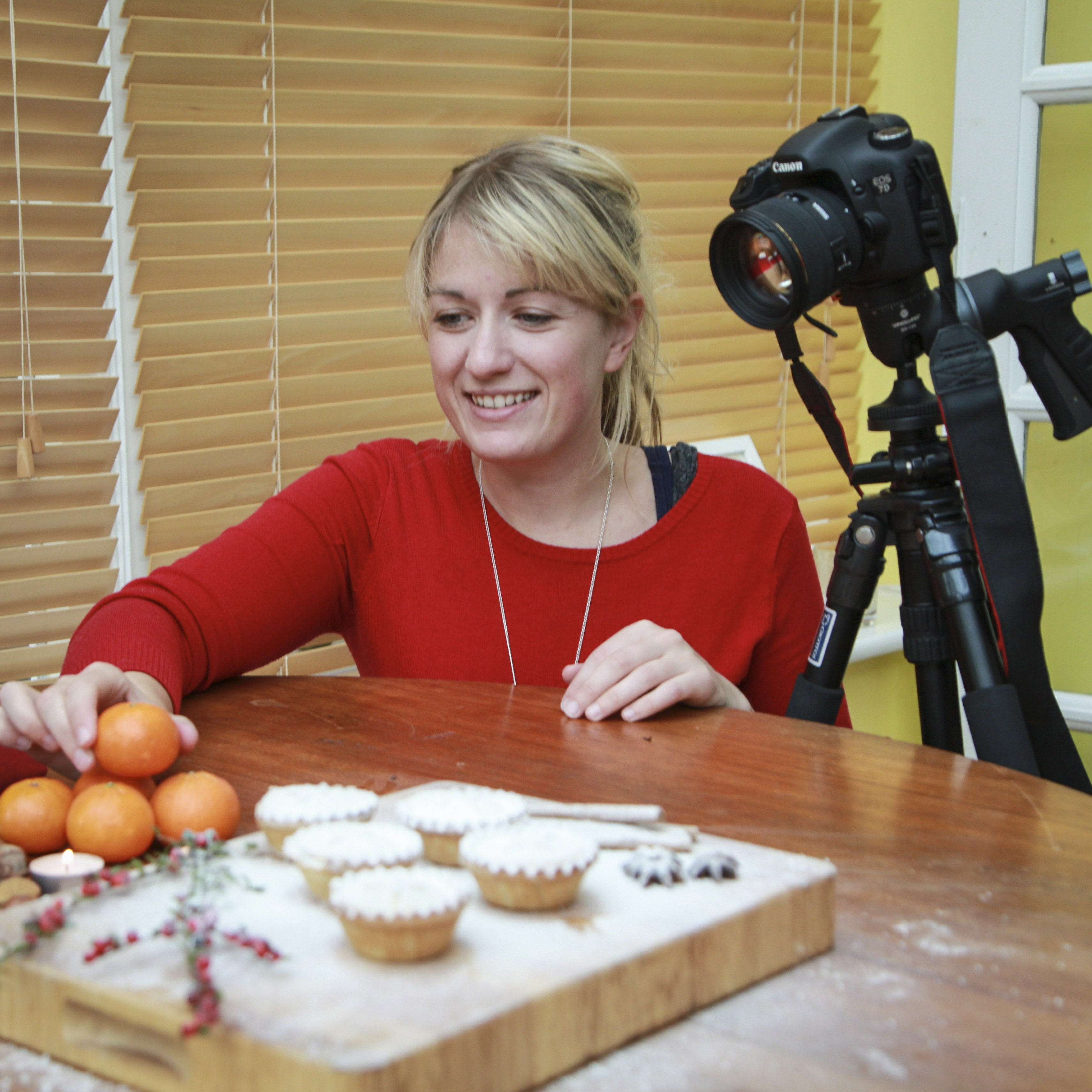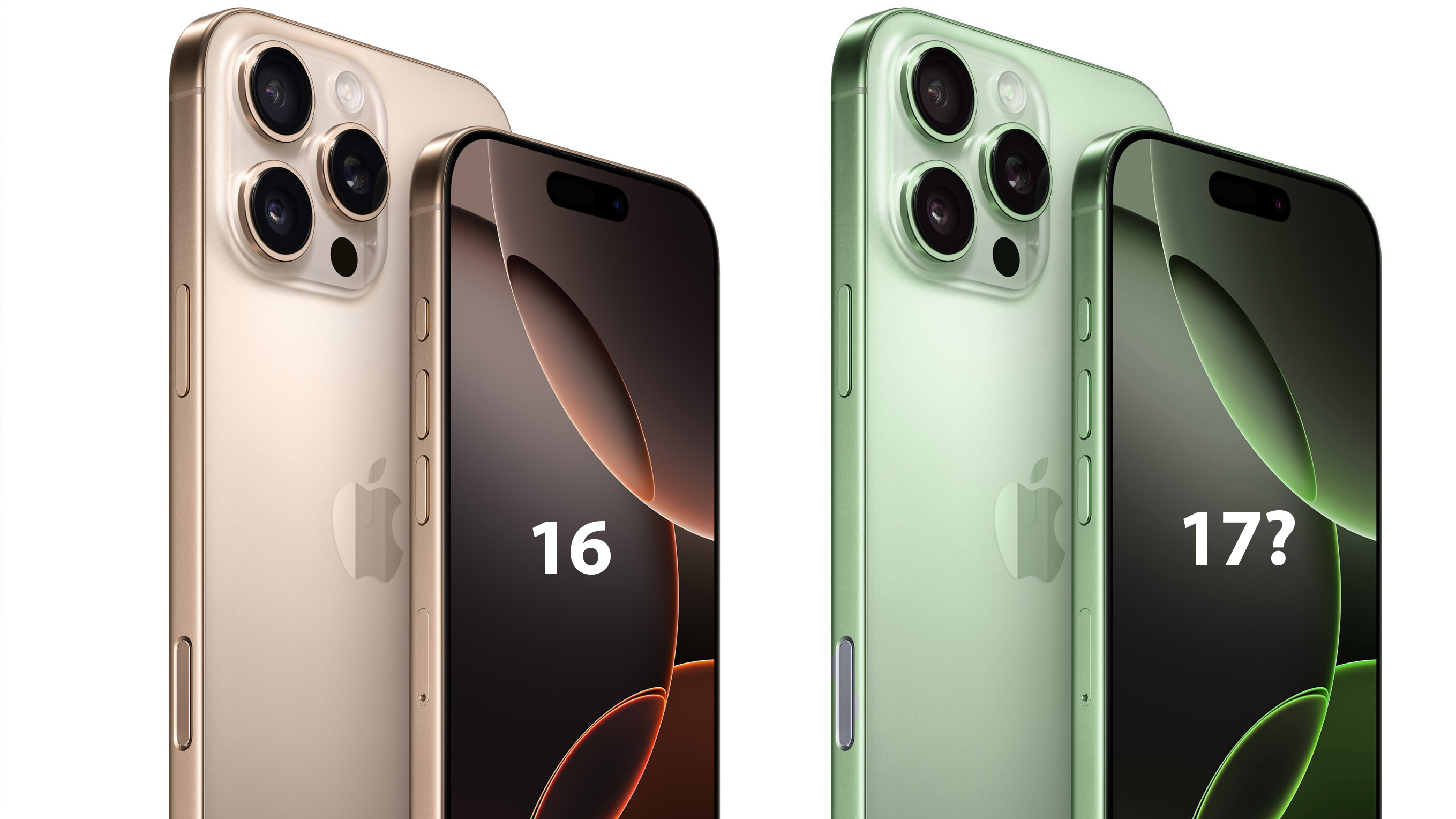Photography tips for beginners: the first 12 things to learn with your camera
Whether you’re a beginner, or know a thing or two, these expert photography tips will help you to improve your skills
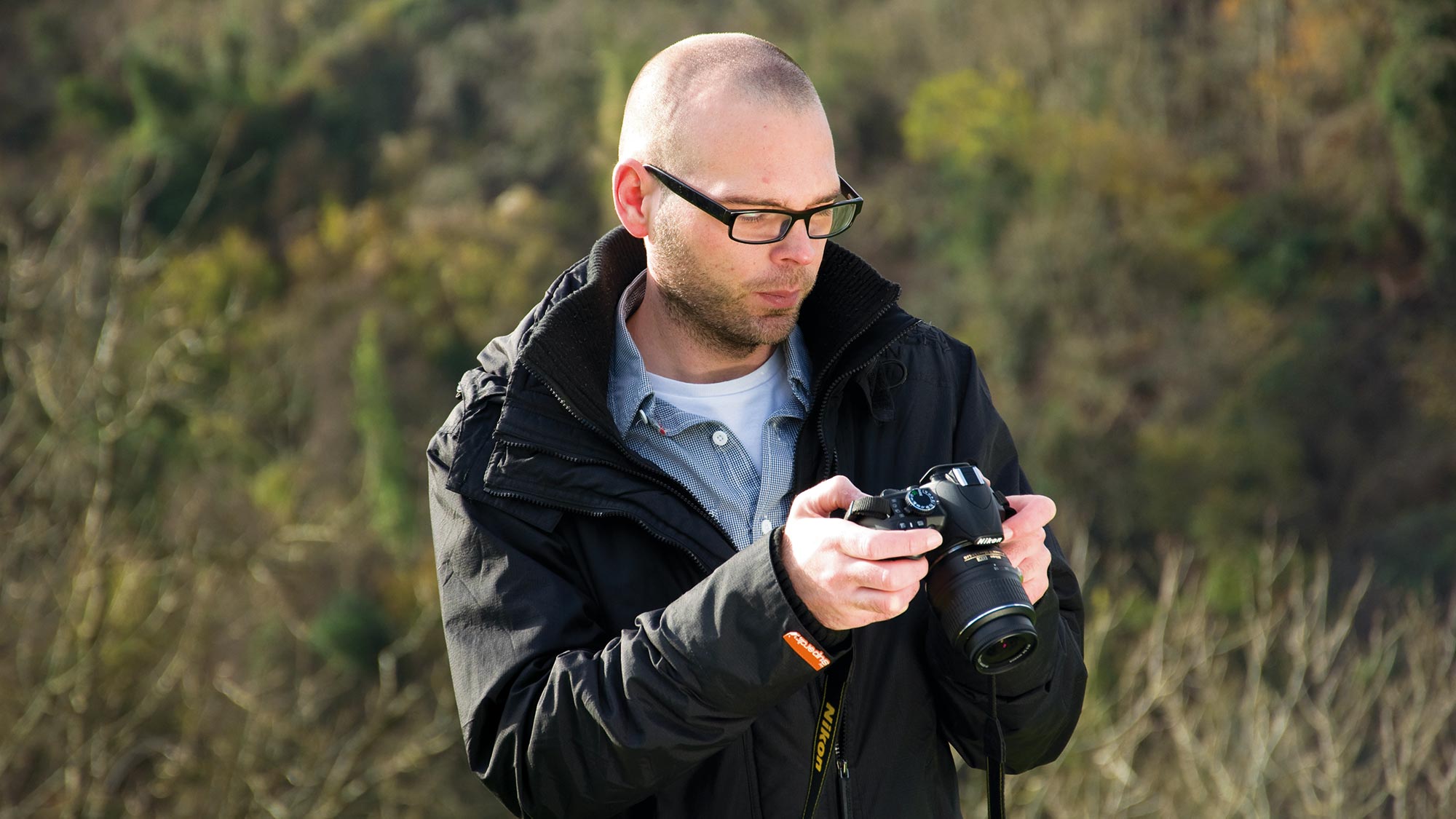
If you’ve just got your first camera or in need of refreshing your skills, look no further as we’ve compiled the ultimate list of photography tips for beginners. We'll take you through fundamentals of photography, and set you on the path of getting great images with your camera kit.
After reading our top tips you’ll have the confidence to get, shooting and be well on your way to becoming a pro!
1. What shooting mode?
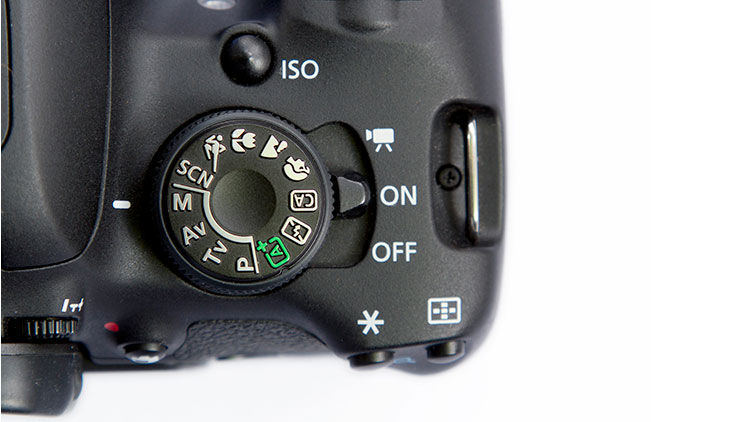
A shooting mode is simply you deciding how much control you want to give to your camera versus yourself. There are many options from giving the camera full control to you being fully in charge. The Auto ‘Green means go’ mode is OK if you want to point and shoot to get going, however, if you only stick to this you will never improve your photography.
On the fully auto mode you are limited to shooting in the Jpeg format (see file format tip 6 for more information on this) and you can’t make any changes to the exposure of your image. It’s also impossible to override the flash. It won't be long until you become frustrated and limited in what you can achieve.
We recommend jumping straight into the deep end and putting your camera to M –this means Manual (gulp!). You then have a better chance of learning exactly what shutter speed, aperture and ISO do in relation to each other and how you need to balance the three together (don’t worry we’re going to cover these aspects too) to get an even exposure.
Between practising in manual mode you can also use P (program – camera controls the aperture and shutter but you can make adjustments to other exposure aspects), A or Av (aperture priority – you control the aperture and your camera balances the shutter speed) and S or Tv (shutter priority – you control the shutter and your camera balances the aperture).
• 215 photography tips, video tutorials and techniques
2. The basics – what is shutter speed?
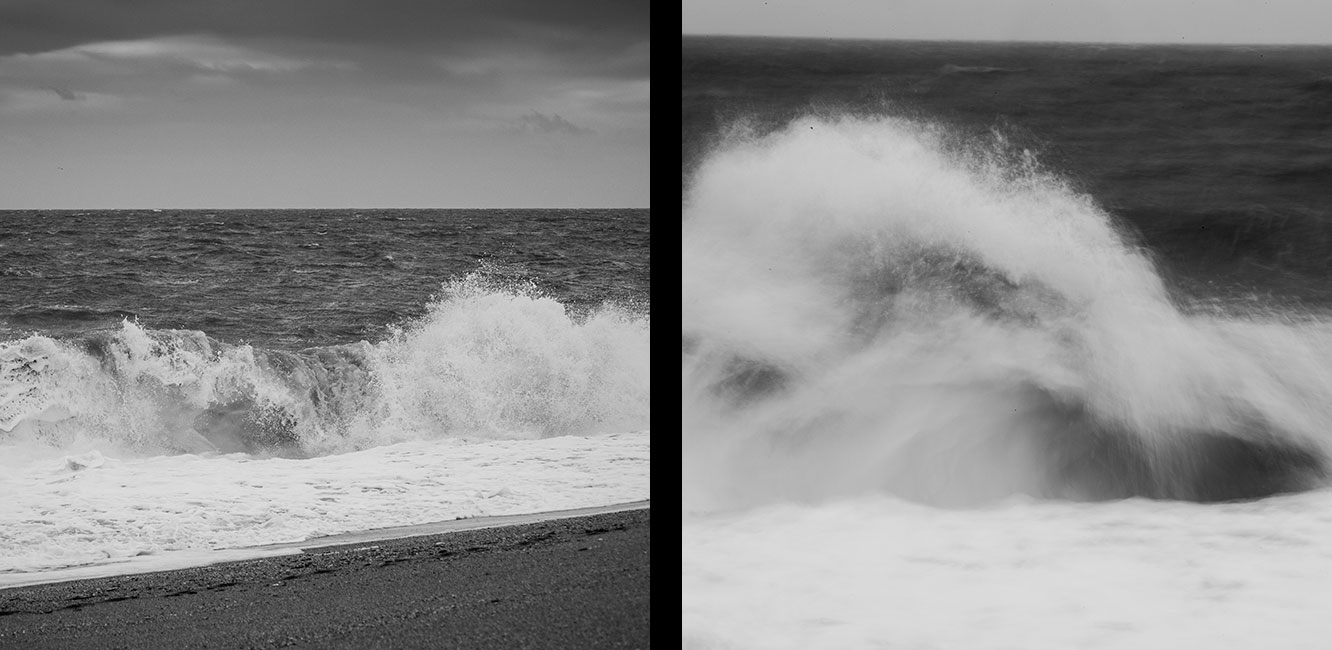
The shutter is a mechanical part of your camera that opens and closes at a set time. This is measured in seconds and fractions of seconds. A slow shutter speed (for example 5 seconds) means you’ll capture lots of movement in the frame where as a fast shutter speed (for example 1/500 sec) means you will freeze the action.
If you’re shooting with a shutter speed slower than 1/60 sec we recommend you mount your camera onto a tripod else your hand movements will blur the image.
3. The basics – what is aperture?
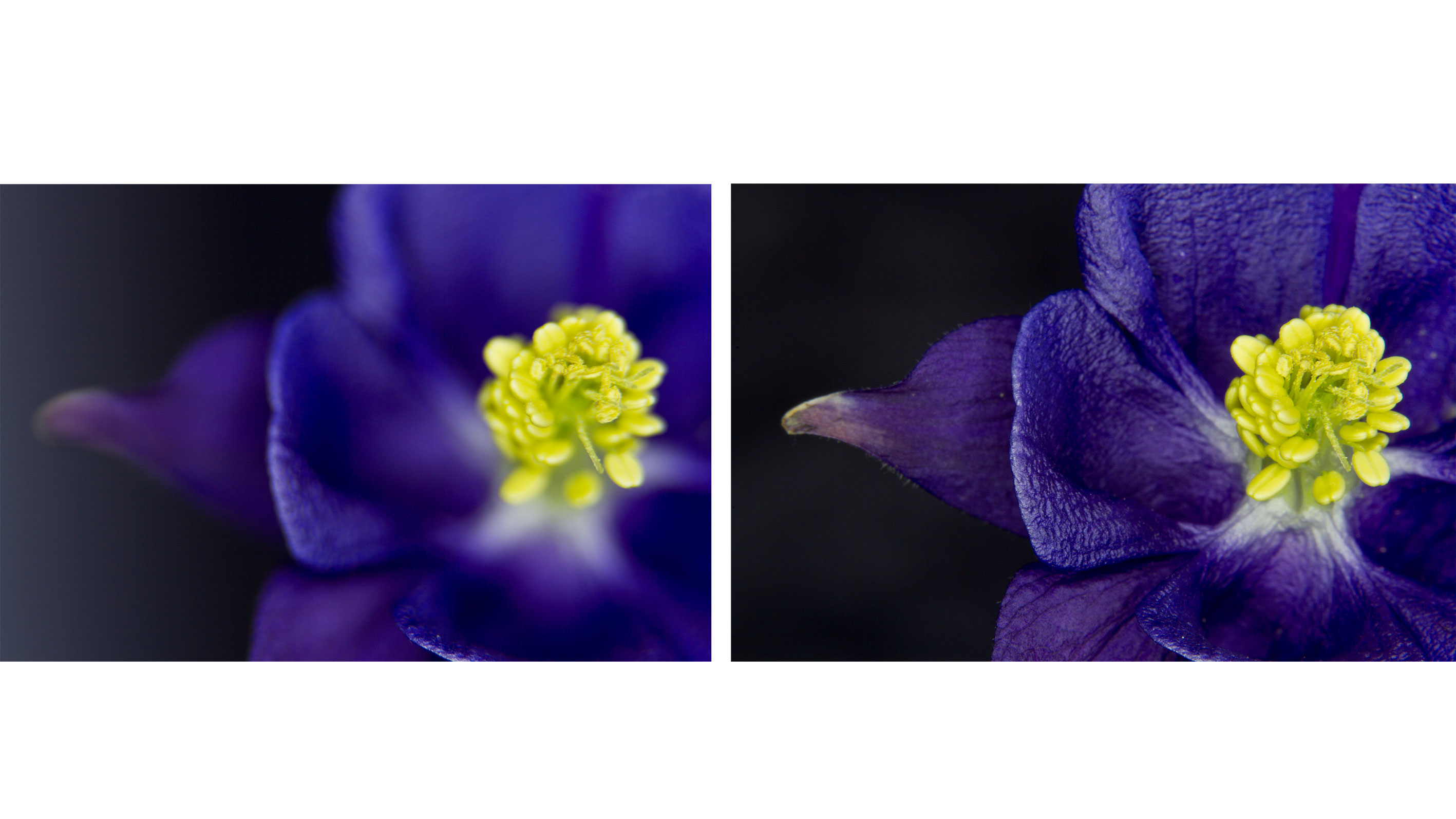
The aperture is built into your lens and is simply a bladed hole that opens and closes, and affects the depth of field in your image. We control the aperture through a setting called f stops and these have a slightly odd numbering system but they won't take long to get your head around.
The key thing to remember is a small number – for example f/2.8 – means the hole is opened wide (lets in more light), and a larger number – for example f/22 – means the hole is smaller (letting in less light).
Your lens will have a minimum and maximum aperture setting. When the number is low we say the aperture is wide and when the number is higher we say the aperture is narrow.
For close up or macro photography, like the image examples we have here, you want to use a higher number (narrow depth of field) to keep more of the subject in focus.
Different subjects will require different aperture techniques. For example, in portraiture if you want a blurred background, and your subject in focus you need to pick a lower aperture number. Where you place your subject in relation to the background distance will also have an impact on the effect.
4. The basics – what is ISO?
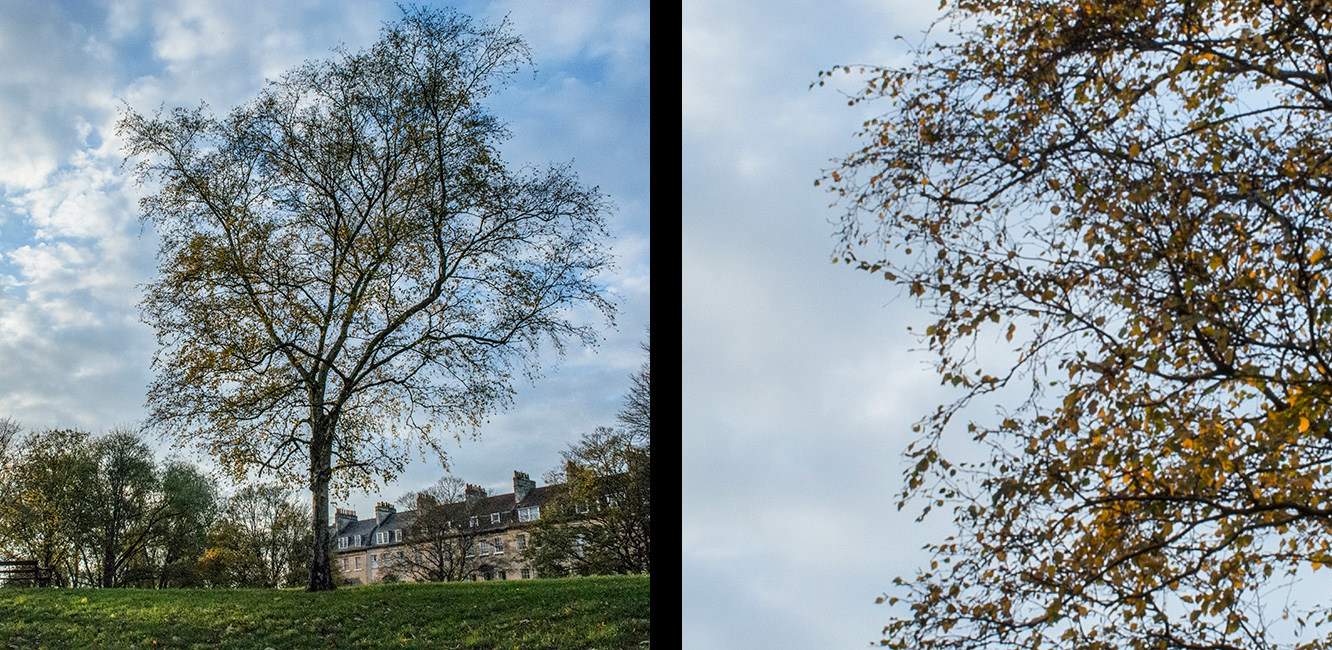
Finally the third ingredient in the camera basics trio is ISO. ISO is the sensitivity of your camera’s sensor. If you have your ISO set to a low number the sensor on your camera is less sensitive to light (but will produce higher quality results). In bright sunshine you can have your sensor set to a low number.
In low light you will need to push the ISO setting up to a higher number to make your camera’s sensor more sensitive to light.
This means you will start to lose image quality, and at very high numbers you’ll notice something called noise, which appears like speckled dots. Have a play around with your ISO to see where your camera’s ISO setting starts to become noisy
5. The basics – the exposure triangle
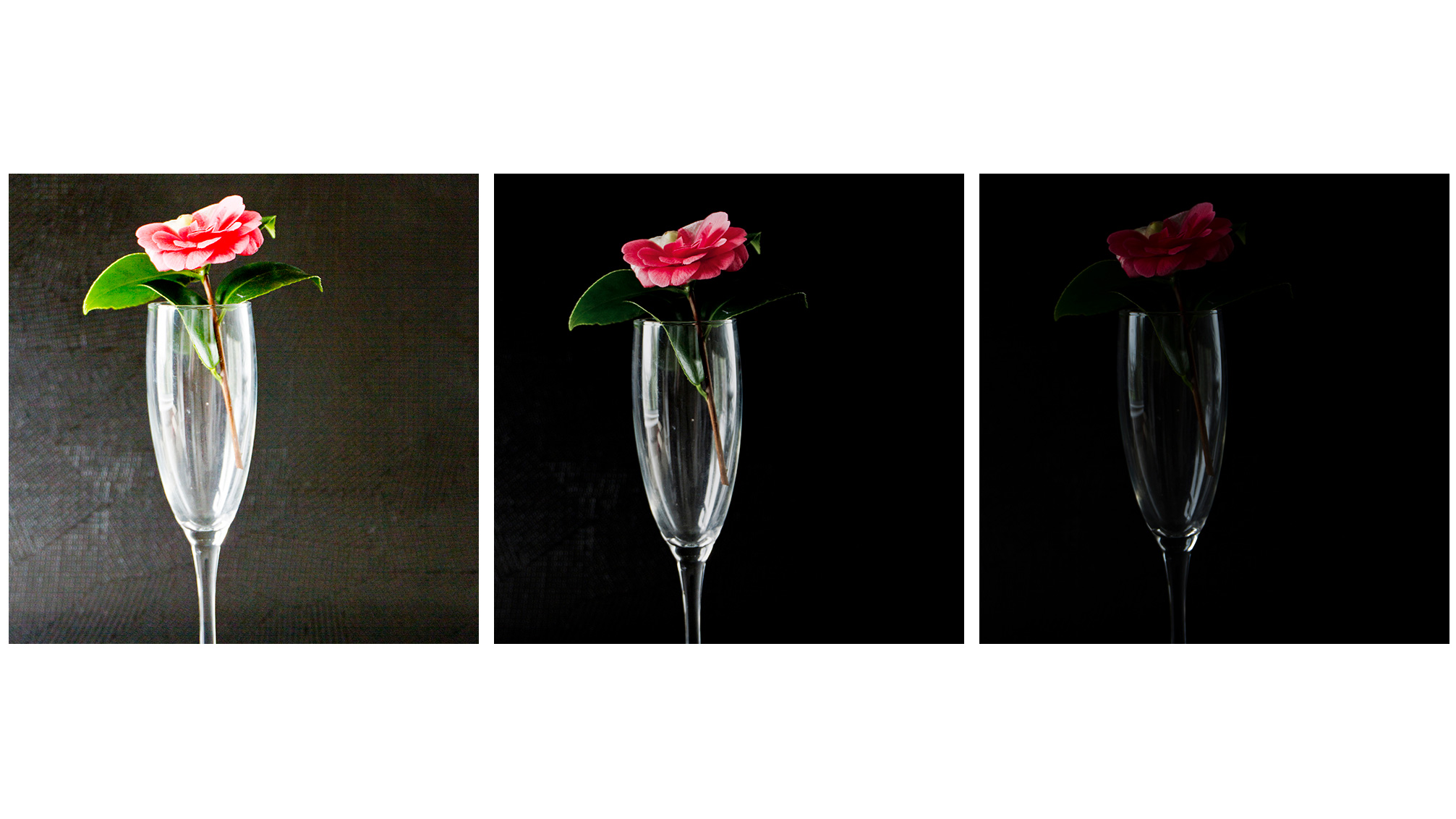
Now you understand the basics of what shutter speed, aperture and ISO are you can begin to get your head around the exposure triangle and metering.
The main thing to remember is you need to balance all three ingredients together to create the perfect exposure.
On your camera in the manual mode you have a light meter, which is a small scale measured in stops and third of stops which also relate to the increments of your ISO, shutter and aperture settings.
For example, if you turn any of your camera settings up a third of a stop you will be letting in a third more light, and the other way if you go down the scale – i.e. reducing the light by a third.
Your light meter has a moving needle showing if you need more or less light. When your image is correctly exposed the needle will sit in the middle of the scale.
Try this exercise – put your camera to the Manual mode and select a shutter speed setting. See where the needle has moved. Has it gone up or down the scales?
If it’s gone up you have too much light and in this instance you need to use the aperture setting and ISO to reduce the light.
You could try turning the aperture up to a higher number (this closes down the hole) and reducing the ISO to a lower number (making the sensor less sensitive to light).
If your situation is reversed and you need more light you could increase the ISO number (make your sensor more sensitive to light) and open the aperture setting (make the hole wider). It’s always a compromise between the three settings so you get what you’re after.
If you’ve taken an image with the needle in the middle yet it still looks too dark (we call this underexposed) then you can always add in some more light and vice versa.
Just be careful not to add in too much light (this is called overexposed), as you might blow the highlights in the image which means they are completely blank and have no data in them.
Keep practising as at first it can seem like a slow process, however, you will get faster at reading the light and knowing what settings you want.
Once you have mastered these basics you can do pretty much whatever you want to do with your photography!
6. File formats
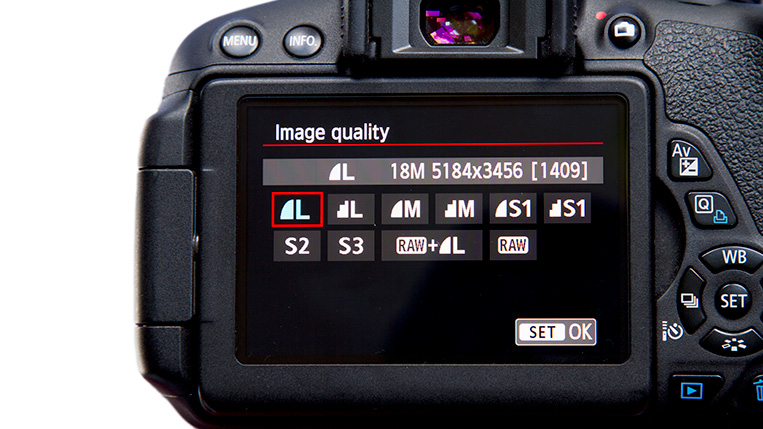
Your camera is capable of recording images in a Jpeg or Raw format (or both). Many beginners opt for the Jpeg format, which is good if you don’t want to apply any editing to your images. Your camera will apply basic edits such as sharpening and saturating, which is fine if you are happy with your camera’s results.
If you want to take more control it's best to shoot in the Raw format. The advantages with Raw is that the file is uncompressed meaning it holds more data and you can apply further editing techniques to it.
Only shoot in this format if you are going to edit your images on a computer as they come out of your camera looking flatter compared to a Jpeg as you need to apply all the editing techniques yourself, which brings us on nicely to our next tip...
• Best memory cards for your camera
7. Don't be scared to edit your images
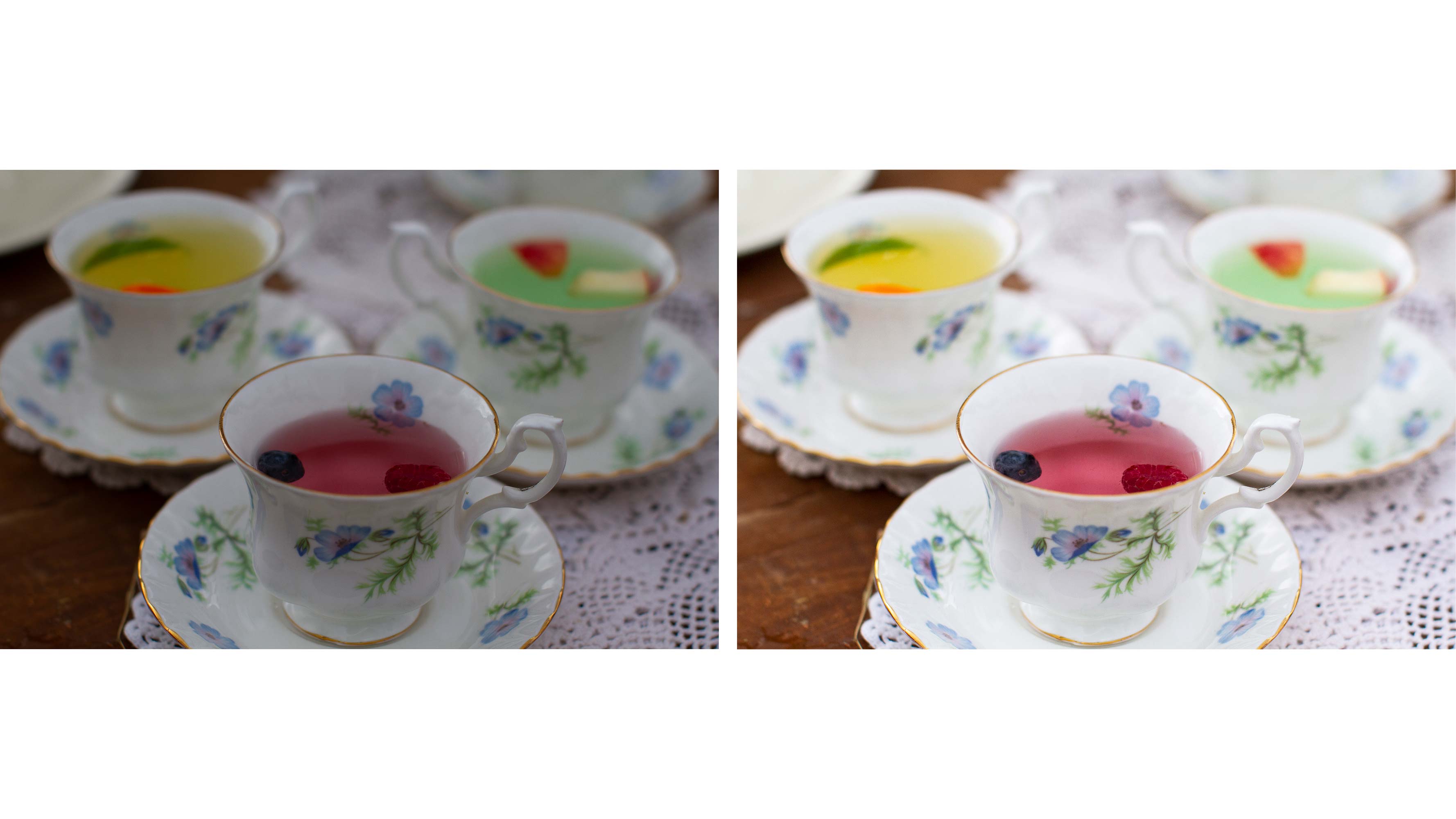
You know that gorgeously flawless image you saw on social media that you strived to recreate yourself? It’s probably been edited.
Editing your image brings back all the emotion and atmosphere from the scene your camera can not capture but it also enables you to create your own style.
Your camera comes with free image-editing software so really there is no excuse not to give it a go.
The main aspects to take into account when you are starting out is to look at settings like Exposure, Contrast, and if you need to rescue any highlights or bring out shadows.
It’s easy to make the mistake of over editing your image, so whilst it’s good to have a play around to see what the sliders and effects do, evaluate as you go and see to see if the effect adds value or if it is too much!
• The best photo editing software
8. White balance
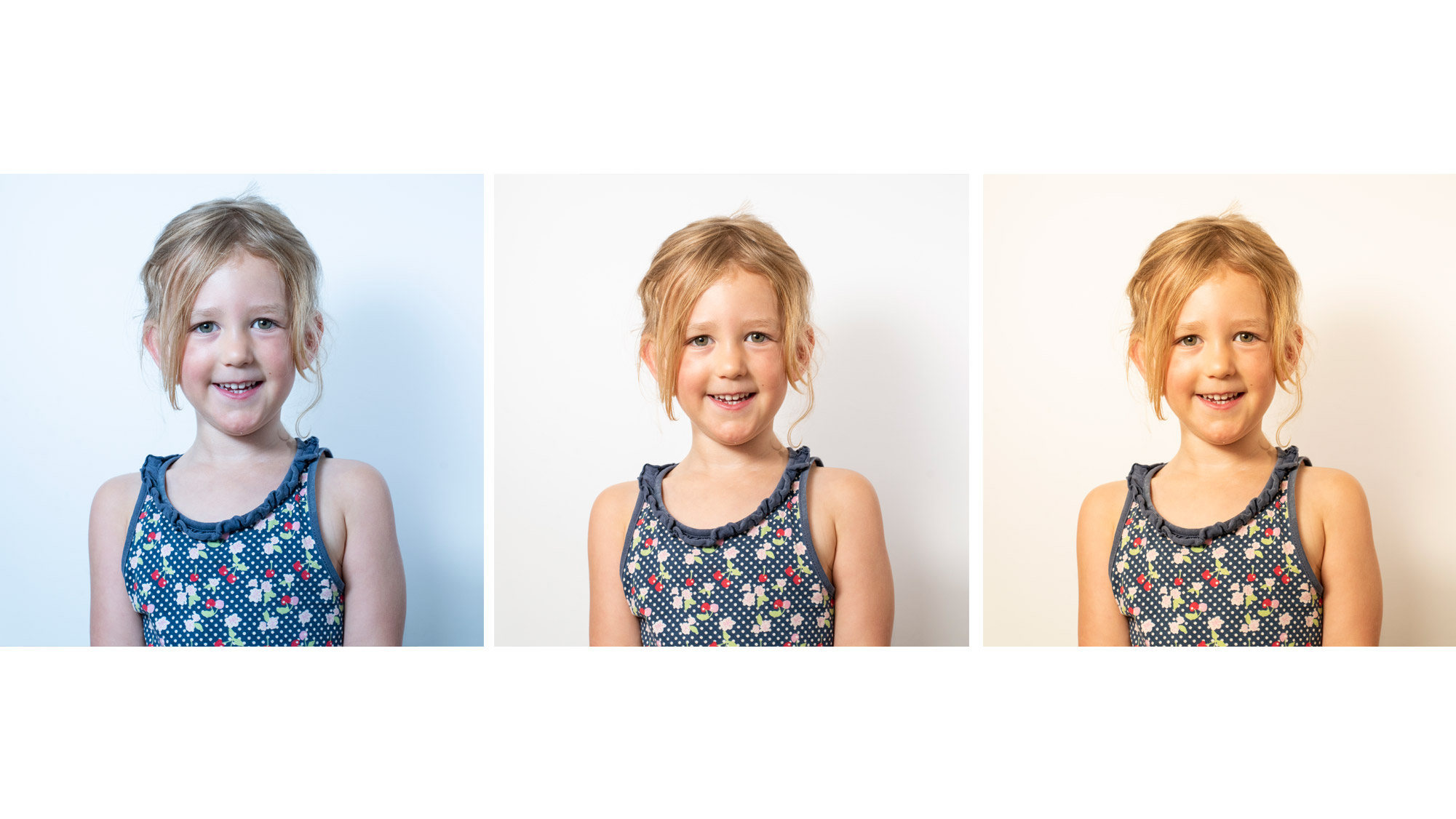
Every light produces a different color temperature and in photography we measure the light in a scale called Kelvin (K).
For example, a lamp bulb at home which has a very orange tone will produce a temperature of around 3200K, where as daylight, which is much colder in tone, is 5500K. Our eyes adjust very quickly to different light sources, however, our camera can at times struggle.
For this reason your camera has a white balance (WB) setting that you can alter depending on what type of light you are shooting in.
Most of the time it’s best to leave your camera in the Auto white balance setting, but if you’re struggling with a nasty color cast then switch to the appropriate light symbol to see if it will help.
Another one of the advantages of shooting in Raw is you can correct the white balance setting at the editing stage, meaning you don’t need to worry about this aspect until the edit.
• How to creatively use white balance settings
9. Focusing tips
The auto focus feature on your camera will do a great job however, there are two aspects to take into account with focusing (yes even auto focusing), which are your focus point and focus mode.
Focus points: When you look through the viewfinder or on the back screen of your camera you will see the AF grid.
The AF grid is made up of lots of squares, and you can decide if you want your camera to select your focus point from the grid in the fully auto mode, or if you want to set the AF point yourself on the single point setting. We recommend the latter as your camera might not get it right all of the time.
Focus mode: The focus mode differs from the point setting and is designed to cater to take into account whether your subject is still or moving.
Again you can select the single shot setting for still subjects like landscapes and still life, or the tracking feature for anything moving like portraiture and action.
10. Basic composition tips
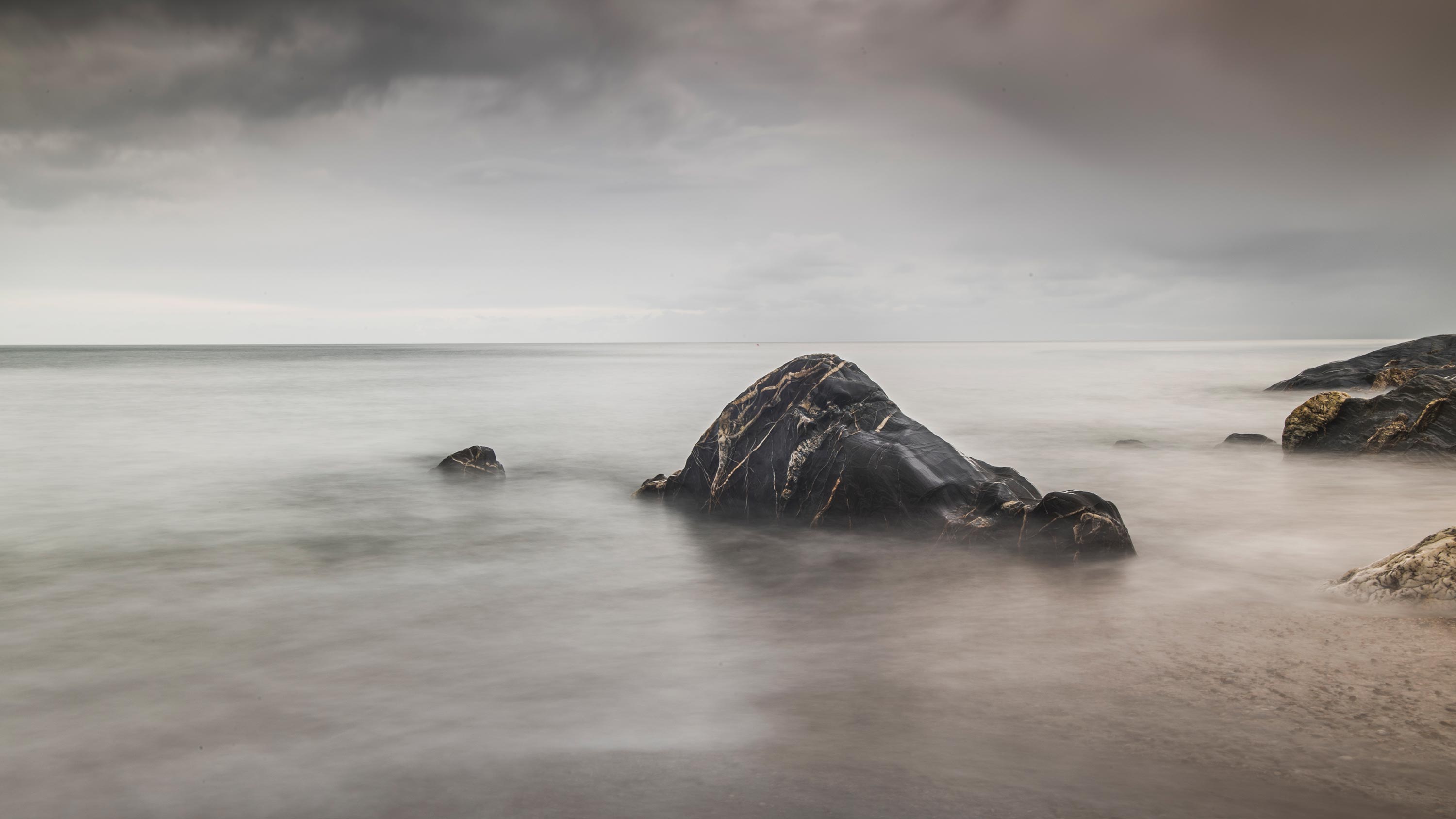
There are some basic rules to apply to composing your image that will help you in whatever genre you choose to shoot.
The rule of thirds is a great one to remember when starting out as instantly you can start to create stronger compositions. Next time instead of sticking the main focal point of your image in the middle of the frame place it a third of the way in and see how it helps. Use the grid lines in your camera to help you achieve this.
In the landscape genre, leading lines is another useful tip to remember: Look for pathways or fences to help lead the eye in and around the scene.
Of course, sometimes rules are made to be broken so use these as a guideline rather than a strict rule!
11. Background matters
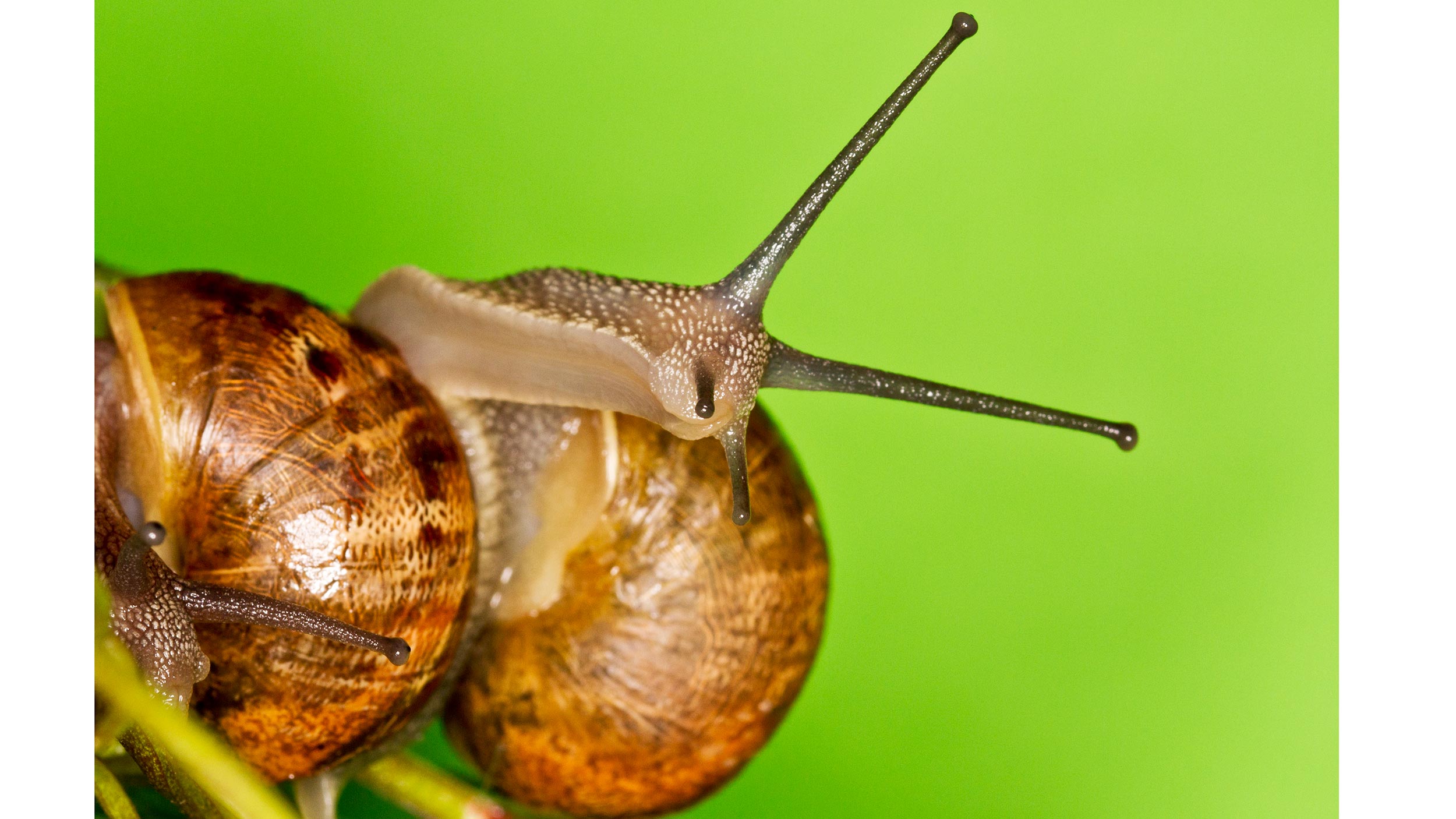
It may seem obvious, but the background is so, so important and it’s so easy to forget about because you are focusing too much on your main subject! The background will make or break an image and is often more important than the subject itself.
Plain backgrounds can help isolate subjects, and remember in portraiture to look out for distracting elements (such as a church spire coming out of your subject's head).
Again it may seem like an obvious thing to say, but is very easy to miss when you’re thinking about your camera settings, and getting your subject to pose at the same time.
12. Explore the angles
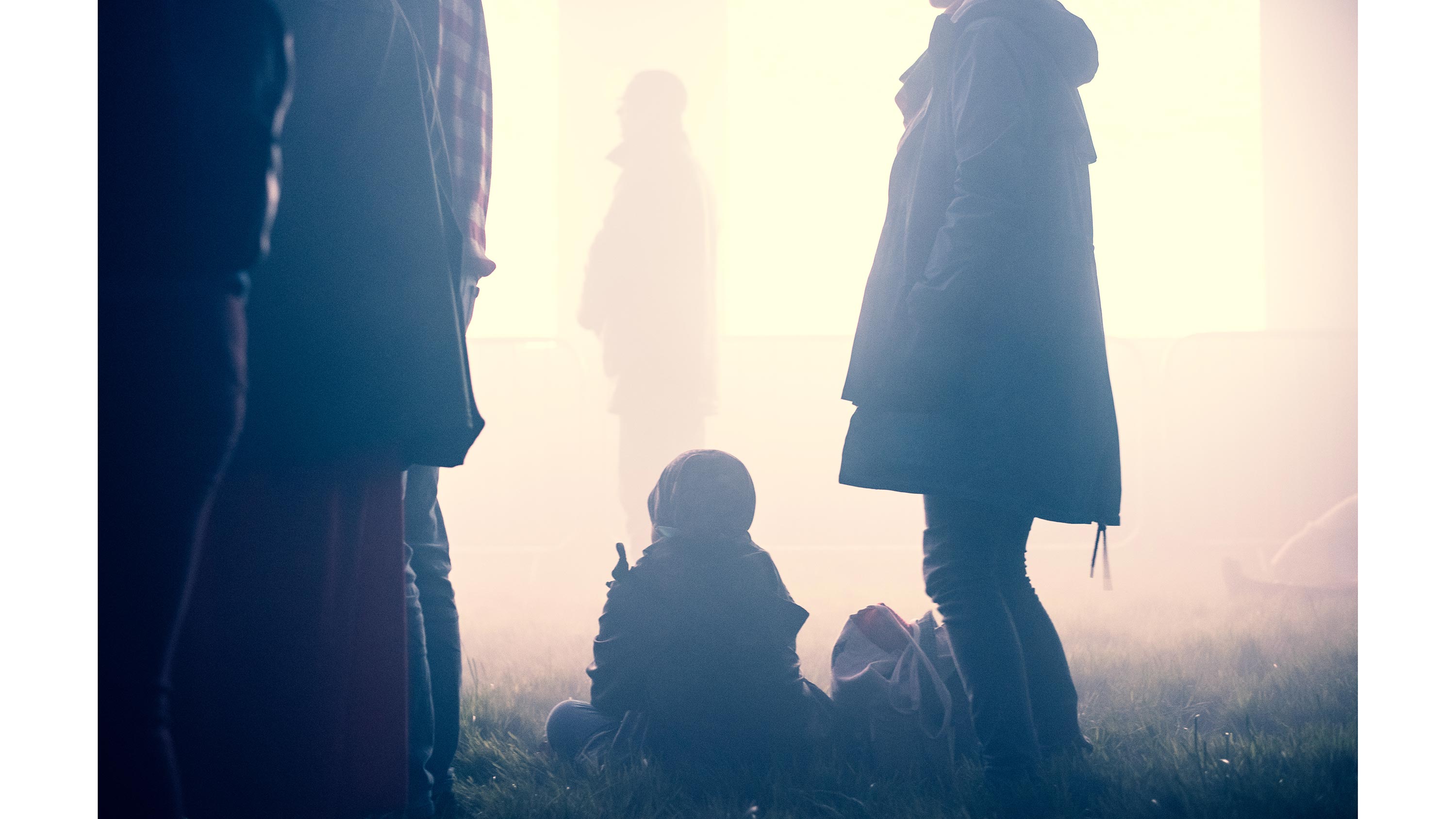
It's easy to shoot at eye level, however, think about how your shot might look from a low or high angle. Portraits shot at jaunty angles have a dynamic feel.
Don’t stick to the obvious same view as the most interesting photographers are looking from an alternative angle. For many subjects, such as wildlife and landscape, a pair of waterproof trousers or a plastic bag to kneel or lie down on can be useful to help you explore this aspect.
Read more:
The best books on photography
The best magazines on photography
50 essential camera accessories
Essential photography video tutorials
• Studio portrait lighting: essential tips and setups explained
• Headshot photography tips: shoot the perfect head-and-shoulders portrait
• Couple photography: poses for portraits of pairs of people
• Fine art nude photography: tips and techniques
• Boudoir photography tips: lighting, posing and camera skills
• Fill-in flash: tips and tricks for using a flashgun in daylight
• Perfect the strobist look with off-camera flash photography
• Bounce flash: tips to achieve natural lighting with a flashgun
• Gobo lighting: tips for dramatic portraits and film noir photography
• Baby portraits: get great shots with these baby photography tips
• Take a great group photograph: tips for posing perfect people shots
• Commercial headshot tips: professional portrait photography with a single light
• Portrait photography tips: how to practice portrait lighting without a model
• Key lighting and fill lighting for portrait photography
Get the Digital Camera World Newsletter
The best camera deals, reviews, product advice, and unmissable photography news, direct to your inbox!
Claire is a professional photographer and writer, and lives by the the sea with her two young children, husband and cat in the southwest of the UK.
After graduating from The Bournemouth Arts Institute with a first-class degree in photography, Claire worked for a number of years in the publishing industry, including as Technique Editor for Digital Camera magazine.
She loves anything and everything to do with photography, from creating magazine articles to photographing ballerinas on the beach and newborn babies (but not at the same time). She mainly shoots with digital DSLRs, but does dust off her beloved Hasselblad medium-format film camera once in a while…
